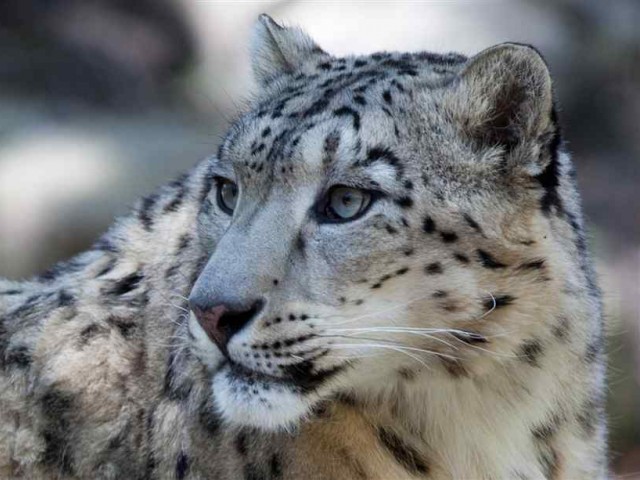
According to the organisation, the global standard for assessing extinction risk, the change had occurred after a three-year evaluation by five experts, the Independent reported. It comes 45 years after the creature was first declared endangered.
Shedding light on the possible reasons, the assessment says the decline may have slowed following a series of conservation projects.
"To be considered 'endangered,' there must be fewer than 2,500 mature snow leopards and they must be experiencing a high rate of decline," said Dr Tom McCarthy, one of the experts, told BBC.
‘Snow leopards angry over US pullout from Paris deal’
"Both are now considered extremely unlikely, which is the good news, but it does not mean that snow leopards are 'safe' or that now is a time to celebrate.”
McCarthy said the species “still faces 'a high risk of extinction in the wild', and is likely still declining - just not at the rate previously thought."
The cats live in the craggy peaks in central Asia and are rarely seen. They are at threat by poachers, who sell their fur, infrastructure developments and climate change.
According to the reclassification of “vulnerable”, there are fewer than 10,000 breeding snow leopards left. This means that there has been a population decline of no less than 10 per cent in the last three generations.





1732354127-0/Untitled-design-(3)1732354127-0-270x192.webp)


1732344836-0/BeFunk_§_]__-(37)1732344836-0.jpg)








COMMENTS
Comments are moderated and generally will be posted if they are on-topic and not abusive.
For more information, please see our Comments FAQ